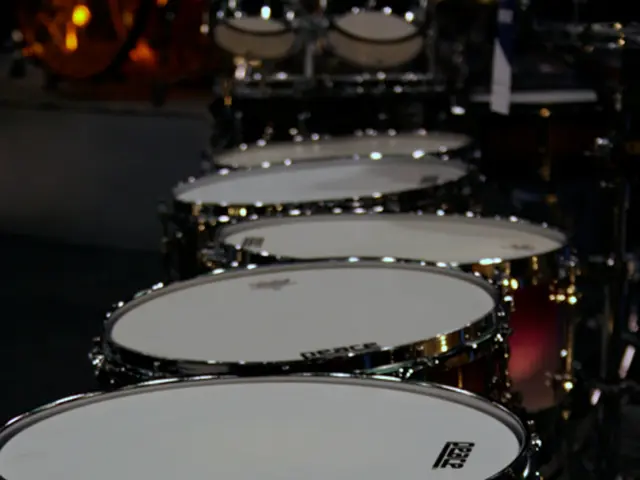Ancient Drug Den Discovered by Archaeologists: Remaining Evidence of Past Substance Use
## Discovered Room in Chavín de Huántar Reveals Ancient Ritual Practices
The ancient Peruvian site of Chavín de Huántar, renowned for its ritual and ceremonial significance, has revealed new insights into the practices of the Chavín culture. A closed room containing worked bird bones and shell artifacts, approximately 2500 years old, was discovered within the pre-Columbian cult site in the Peruvian highlands.
The room, one of several internal rooms known as galleries in the complex, was found to contain inhalation tubes made mostly from the wings of the peregrine falcon (Falco peregrinus). These tubes, similar to modern snuff tubes, suggest a possible ceremonial context within the Chavín culture.
Further analysis of 23 objects from one of the galleries revealed residues of psychoactive substances such as tobacco and snuffable hallucinogens. Microscopic investigations suggest the use of Nicotiana roots and Anadenanthera colubrina (Vilca) plant components in the production of hallucinogenic snuff.
Researchers believe that the ritual use of these substances could help explain the transition from more egalitarian societies to the more hierarchical Tiwanaku, Wari, and Inca empires in the ancient Andes. They posit that drug consumption strengthened the social hierarchy in the ancient Andes, with the ideology of impressive ceremonial experiences being used to justify or naturalize inequality.
The discoveries in Chavín de Huántar could provide new insights into the rituals and practices of the Chavín culture, shedding light on their spiritual beliefs and societal structure. The site's architecture, including its plazas and chambers, was designed to create a specific sensory experience for participants in rituals, emphasizing sight and touch. The layout and design of these spaces were intended to evoke a sense of connection to the divine and to the natural world.
This discovery underscores the importance of ongoing archaeological research in understanding the complex and fascinating history of ancient civilizations. Further investigation and analysis are needed to fully comprehend the role of these substances in the Chavín culture's rituals and their impact on the development of ancient Andean societies.
- The ancient substances discovered in Chavín de Huántar, such as tobacco and hallucinogens, may have connections to health-and-wellness practices, specifically mental-health therapies-and-treatments, as they were used in ritual contexts during the Chavín culture.
- The use of psychoactive substances for ceremonial purposes in the Chavín culture could potentially influence modern science's understanding of mental-health and health-and-wellness therapies-and-treatments, as these practices were integral to the spiritual beliefs and societal structure of an ancient civilization.




